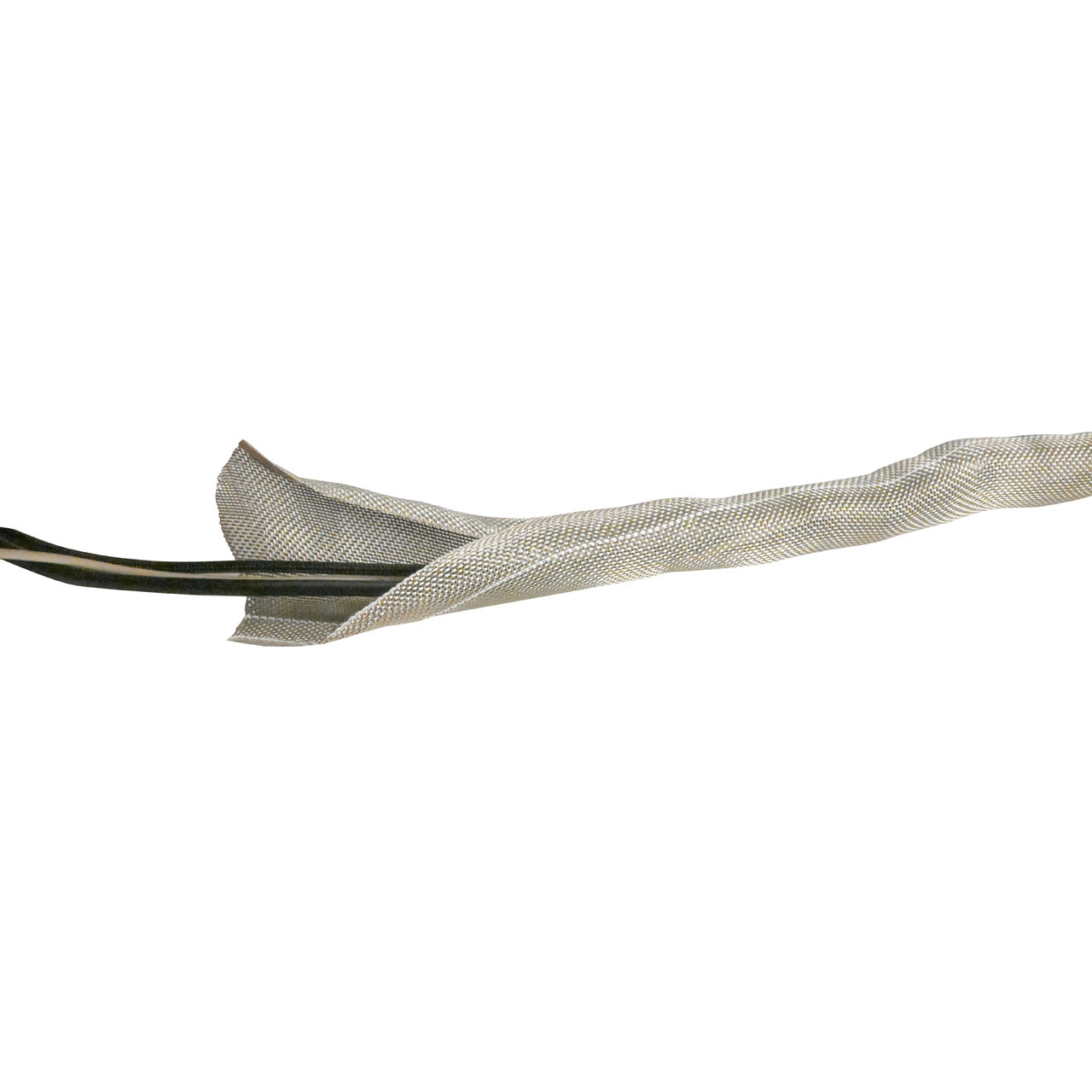Apr 11th 2025
Case Study: How Our RFI Shield Split Sleeve Helps Boats Meet EMC Standards and Reduce EMI
Your boat might be ready to slice through waves like a hot knife through butter—but if your electronics are throwing tantrums mid-voyage, there’s a sneaky culprit you might not expect: invisible interference.
We have a solution.
When building or upgrading a boat, considerations often focus on hull design, engine power, or the latest electronics. However, a critical yet frequently overlooked aspect is managing electromagnetic interference (EMI), which can significantly impact onboard electronic systems.

As vessels become more technologically advanced—equipped with radar, GPS, VHF radios, autopilots, marine PCs, and digital engine controls—the risk of EMI disrupting essential systems escalates. For captains, marine technicians and boat builders, achieving electromagnetic compatibility (EMC) is not just a regulatory requirement but a necessity for optimal system performance, safety, and customer satisfaction.
A practical solution to this challenge is Design Engineering Inc.'s (DEI) RFI Shield Split Sleeve. The sleeve is available in 1/2" x 36" or 1" x 36" size.
The Challenge: Managing EMI in Confined Marine Spaces
During a recent electronics upgrade on a sailboat, the vessel was outfitted with an advanced suite of electronics. Post-refit, the crew encountered several issues:
- Erratic autopilot behavior
- Unreliable AIS data transmission
- Inconsistent radar performance
The root cause was identified as poorly routed wiring in the boat's constrained spaces, leading to signal and power lines being bundled together and resulting in significant EMI.
The Solution: Implementing Design Engineering's RFI Shield Split Sleeve
The boat's captain reached out to us for assistance, and we recommended the RFI Shield Split Sleeve—a tool-free, wrap-around shielding solution suitable for existing wiring. Its metalized fabric construction provides high attenuation (up to 60 dB at 1 MHz), effectively reducing radiated EMI.
Key benefits include:
- Easy Retrofit Installation: Simply wrap and secure with the hook-and-loop closure.
- High Shielding Performance: Blocks high-frequency interference that can impair sensitive electronics.
- Marine-Grade Materials: Lightweight, flame-retardant, and flexible, making it ideal for tight bulkhead runs or engine compartments.
After installing the RFI Shield Split Sleeve on key cable runs, the sailboat experienced a significant reduction in EMI, leading to stabilized systems and a successful post-installation check.
 The Importance of EMC in Marine Environments
The Importance of EMC in Marine Environments
Ensuring EMC on vessels is vital to prevent electronic systems from interfering with each other. Neglecting EMC can result in:
- Inaccurate navigation readings
- Loss or delay of AIS data
- Audio interference
- Engine control issues posing safety hazards
Design Engineering’s RFI Shield Split Sleeve provides a straightforward, targeted solution, especially beneficial for boats where complete rewiring is impractical or costly.
Recommended Applications Onboard
High-EMI areas on boats where the RFI Shield Split Sleeve is particularly effective include:
- Radar, GPS, and VHF cabling to maintain signal integrity
- Engine harnesses near electronic control units (ECUs) or digital throttle systems
- CANbus or NMEA 2000 runs, especially near power wires or motors
- Battery banks, inverters, or alternators where power electronics generate noise
- Entertainment systems to eliminate audio or video interference
By addressing EMI proactively with solutions like DEI's RFI Shield Split Sleeve, boat owners and builders can ensure EMC compliance, safeguarding the performance and safety of onboard electronic systems.





